Inca Jungle Trail to MachuPicchu 4 Days It is a new alternative after the Inca trail, where you can discover its natural attractions and the warm contact of the local population. The path is suitable for those who have an adventurous spirit, a free mind and without vertigo problems, inca jungle trek.
This tour through the Inca jungle trek, trail iti is between tropical forests is a famous and offered route that includes cycling activities (approximately 55 km) and a ride to the village of Aguas Calientes-MachuPicchu pueblo.
During the course of this Inca trail, he contemplates the visit of some archaeological groups, he toured the base of the city of Santa María (High Forest), walking and visiting the Machu Picchu park.
In addition, on the fourth day, we will enjoy a visit to the citadel of Machu Picchu in the middle of a mystical sunrise. The accommodations are basic, except in Aguas Calientes village, there we have all the services. inca jungle
 Duration: 4 Days Duration: 4 Days |  Altitude: 2.050 – 4.200 m.a.s.l. Altitude: 2.050 – 4.200 m.a.s.l. |  Acomodation: Hotel Acomodation: Hotel |
 Difficulty: Low Difficulty: Low |  Season: All year Season: All year |
Itinerary
DAY 1: CUSCO – SANTA MARÍA.
We leave their respective hotels in the morning at 07:00 in the morning, we leave Cusco by private transport to the Sacred Valley of the Incas, observing beautiful landscapes and cities such as Chinchero, Ollantaytambo; then we go down the road,
Where we will see the Inca platforms, until we reach Apu Abra Málaga (4,350 meters above sea level, where you can see blizzards such as the «Wakaywillka» (Veronica) at 5,650 meters above sea level, reaching approximately at 12:00 From here, we begin the descent by bicycle through the high-Andean region towards the Alta Forest;
where we can appreciate the flora and fauna and feel the climate change, passing through cities such as: Alfa Mayo, Huamanmarca Amaybamba, Huyro, enjoying the landscape and the crossing of the rivers, until we reach our destination, Santa María, where we will do, make the Rafting, then rest and dinner the first night. inka trek
DAY 2: SANTA MARÍA – SANTA TERESA
We woke up early in the morning at 06:00 a.m., after breakfast, we will go up the bridle path that will take us to the ancient Inca trail in the middle of the high jungle, then we stop in the (Casa del mono-Monkey House) for a stop. We will see, njoy animals of the region and fruit trees. Then we will continue to the entrance of the Wamanqasa mountain, the highest point, where we will have 5 km of walk through the impressive stands, we will have a view of the Salkantay with snow (6,265 masl).
Then we will have the lunch in anative restaurant. After we will continue walking along the river unitl reach the thermal baths of Cocalmayo hot springs. The we back by car to Santa Teresa; Dinner on the second night.
DAY 3: SANTA TERESA – AGUAS CALIENTES-MACHUPICCHU VILLAGE.
We woke up in the morning at 07:00 hours, after breakfast, we will go to do, make the Zip-Line and rock climbing, then we will walk to Hidroelectric until reach (MachuPicchu Village-Aguas Calientes). Dinner and accommodation.
DAY 4: VISIT TO THE ARCHAEOLOGICAL PARK OF MACHU PICCHU – CUSCO
After breakfast, we will take one of the first buses that will take us to the citadel of Machu Picchu, which with a bit of luck we will have a beautiful sunrise. Your guide will help you discover its precincts, archaeological engineering, as well as its great history and culture of the Incas.
Then you will have free time to have fun with the llamas and show off your photography skills. Those who have even more energy have the option of climbing the mountain of Huayna Picchu, where you can have one of the best views of the citadel of Machu Picchu.
Afterwards, you will descend to re-enter the city of Aguas Calientes, where you will take the train to Ollantaytambo and continue by bus to Cusco (arrival at approximately 22:00). inka jungle tour.
Included
TOUR INCLUDES
- Hotel search service ± at 07:00
- Private tourist transport
- Bicycle helmet and gloves
- 3 breakfasts, 3 lunches and 3 dinners
- 3 nights in hostel
- Professional guide ± in English / Spanish (request language)
- Entrance to the sanctuary of machu picchu
- Bus: Aguas Calientes – Machu Picchu
- Return train from Aguas Calientes – Ollantaytambo and bus to Cusco.
- First aid box.
TOUR DOES NOT INCLUDE
- Lunch on the last day
- Bus: Machu Picchu – Aguas Calientes (this is possible on foot and takes 1:20 hrs. Or also the possibility of buying a ticket and it costs $ 12.00 per person)
Contact Us
GENERAL CONDITIONS
- All rates for our Peru Packages are expressed in US dollars (optional for currency exchange) and are programmed per person.
- The rates valid for Peruvians only include VAT.
- All our rates are subject to availability and changes.
- Children under 02 years and 11 months are considered INF (babies), do not pay any service and do not have the right to food, bed or seat on the tours.
- DCC (child) is considered a child from 03 to 10 years and 11 months, has a special rate and shares a room with parents.
- Children over 11 years old considered adults.
- Minors must travel with an identity document.
- Rates do not apply to holidays, Easter, long weekends, national holidays, Christmas or New Years.
More Information
What is Inca Jungle?
The Inca Jungle is one of the alternative options to get to know one of the Wonders of the World. It is a tour of up to 4 days and 3 nights, ideal for adventurers who like to do extreme sports.
In the package that we offer you, you will not only practice Rafting but you will have the opportunity to do Cycling, Hike, Zip Line, as well as getting to know beautiful landscapes, try native fruits of the place, you will be able to observe the diversity of flora and fauna, coffee plantations, change of geography of the mountains to the edge of the jungle and network of Inca roads.
What do we offer you in your package?
We offer you the Inca Jungle tour to Machu Picchu of 4 and 6 days, both packages have the same service and objective.
What places can you visit within our package?
Places to visit:
- Open Malaga (cycling)
- Santa Maria (Rafting)
- Santa Teresa (Zip Line and Cocalmayo Thermal Baths)
- Hydroelectric (Hike)
- hot waters and
- Macchu Picchu
How is the weather on the Inca Jungle Tour?
The weather in the Inca jungle trail is changeable, the first day, the weather is very hot in Santa Maria, Santa Teresa, hydroelectric and Aguas Calientes. All these localities are located below Cusco and are not higher than 2400 meters above sea level.
The temperature throughout the year is between 10 ° C and 25 ° C.
Only in the cycling part you will need a warm bag and a waterproof jacket.
How difficult can the bike tour be?
It is not that difficult and not challenging, however we recommend that passengers have some experience with the bike. Then, with the recommendation of our tour guide, you will have a great time with our Inca jungle tour.
Did you know that within our itinerary we will do rafting?
Yes, and we do them in Santa María (Inca Jungle Tour to Machu Picchu).
We also offer rafting, in places.
- Huambutío – Písac (Sacred Valley of the Incas)
- Calca – Urubamba (Huarán – Sacred Valley of the Incas)
- Ollantaytambo – Chilca (Sacred Valley of the Incas). It can be combined with the Inca Trail.
What is rafting?
Rafting is an adventure sport that has been practiced for a long time. Historically, rafting served as a means of transportation for people and/or food. During World War II there were some inflatable boats that were used by the inhabitants of that time in their spare time, it was thus that rafting through time became better known, becoming recognized as a sport in the 1972 Olympic Games in Germany. , in Munich.
Today, rafting is known throughout the world and is practiced in the same way, this sport is suitable for most audiences, however, one of the tips for practicing rafting is to have the equipment and trained personnel to guide the entire course of the activity.
What is the best season for rafting?
The recommended season for rafting in Cusco is from May to October. During the months of July and August you can practice the different levels of Rafting because the water flow is lower throughout the year. While, during the months of December and April, you can practice Rafting with a higher level of difficulty, because it is the rainy season.
Cycling during our Inca Jungle tour
Cycling is one of the sports with which it can be done. During the first day of our Inca Jungle package, you must go up to a place located at 4,330 meters above sea level.
Rafting during the Inca Jungle
It takes place in Santa María in the waters of the Vilcanota – Urubamba river in the company of an expert guide, the canoeing level. And it is advisable to do it between the months of April to October.
Hike or Trekking to Machu Picchu in the Inca Jungle
The trek from Santa María to Santa Teresa runs through ancient Inca trails, likewise the other trek point is Santa Teresa, Hidroeléctrica and ending in the town of Machu Picchu town.
When is the best time to visit Machu Picchu?
The best time to visit Machu Picchu on the Inca trail through the jungle is between March and December.
Machu Picchu data
There are many curious facts about Machu Picchu, which we want to share with you. We are sure that after reading this article you will begin to schedule your visit. So Enjoy!
- Machu Picchu is located at an average altitude of 2,400 meters above sea level and has a total area of 325.92 kilometers.
- Machu Picchu is a Quechua word that means “Old Mountain”.
- Its imposing architecture comprises around 140 structures that make up the entire citadel.
- The Machu Picchu and Huayna Picchu mountains are part of a large orographic formation known as Batolito de Vilcabamba, in the Central Cordillera of the Peruvian Andes.
- Machu Picchu is one of the new seven wonders of the world, along with imposing architectures such as the Great Wall of China or the Taj Mahal.
- It is presumed that it was built by the Inca Pachacútec around the year 1460.
- It was forgotten until the North American Hiram Binghan arrived on an expedition and spread its existence throughout the world in 1911. However, other Peruvians already knew of its existence.
- The archaeological zone is only accessible by the Inca roads that reach it (the well-known Inca Trail), or by the Hiram Bingham road (which ascends the slope of Machu Picchu hill from the train station in the town of Aguas Calientes.
- Machu Picchu was declared a “Historical Sanctuary of Peru” in 1981.
- Machu Picchu was declared a World Heritage Site by UNESCO in 1983.
- The Intihuatana was built as an astronomical clock and calendar.
- So you already know more about this beautiful Inca citadel. We hope that soon you will be encouraged to know and be part of its majesty.
History of Machu Picchu
The history of Machu Picchu says that mountain populations from the Vilcabamba and Valle Sagrado regions inhabited the Picchu ravine.
In the Middle Horizon period there is a demographic explosion by groups not historically documented but possibly linked to the TAMPU ethnic group of Urubamba and it is believed that these towns could be part of the Federation that were rivals of the first Inca of Cusco.
Machu Picchu attractions
Machu Picchu is simply spectacular, each space within it is fascinating, and no matter where you look, you will be amazed. But within the Inca city there are attractions that stand out from the rest, either because of their architectural beauty, their natural beauty, or the intense desire that is generated by wanting to be in them. Here is the list of the most spectacular attractions of Machu Picchu. You will see all these attractions during the Machu Picchu day trip from Cusco.
Steps
The terraces or platforms are representative structures of the Inca Empire, they were a very significant advance for the agriculture practiced by the Incas, with which they managed to generate microclimates at different levels of the slopes of the mountains where they used to be built. Machu Picchu had to be a self-sustaining city, so an agricultural sector was assigned in the Inca city, this is where you can see the beautiful platforms next to some Colcas (reservoirs).
Fountain Ladder
Water is essential for the functioning of any city. Machu Picchu has a whole system of fountains that supplied the city with fresh water and that are still in operation until now. Among all of them, the Escalera de Fuentes stands out, an amazing work of hydraulic engineering, made up of 16 artificial waterfalls carefully carved and carved, located between the Temple of the Sun and the Royal Palace.
Putucusi Mountain
When you visit the Inca city of Machu Picchu, you will be able to see a mountain that happily rises to the side of Machu Picchu, it is the Putucusi mountain or happy mountain. This attraction is little known by visitors, due to the difficulty involved in making the journey to its top and the time it takes, but once there the views are incredible and Machu Picchu can be seen from a different angle. Unlike the other mountains of Machu Picchu, no special ticket is needed to climb Putucusi; still. The climb is demanding so it is an adventure not suitable for everyone.
Condor Temple
The Temple of the Condor is one of the most striking and surprising in Machu Picchu, the Incas accommodated a natural rock formation that was carved in the shape of wings along with another sculpted stone that forms the head and neck of a condor. This construction is a three-dimensional representation of the sacred bird of the Incas, a symbol of power and fertility, and which is part of the Inca trilogy of the condor, the puma and the serpent.
Royal Palace and Acllahuasi
In the residential sector of Machu Picchu you can see two enclosures that are built in a special way. The Royal Palace is a house made with fine masonry and is the largest in the place, as well as having a privileged location. The Acllahuasi was probably a place where virgins dedicated to religion lived, it is an enclosure of several blocks built with great detail and with the particularity of having only one access to it, in one of the blocks of the place is the Hall of the Mortars where two circular vessels also known as Water Mirrors are carved.
Machu Picchu Mountain
It is the mountain on which the citadel of Machu Picchu sits, walking through it will allow you to observe incomparable landscapes of the entire sanctuary, and once on its top you will be able to see the Inca city and its surroundings in a unique way. path. You need the ticket Machu Picchu + Mountain to visit it. Although it is a somewhat strenuous walk, it can be done by everyone, since its trails are wide and not very steep. This mountain is the ideal alternative for those who do not dare to climb the Huayna Picchu mountain or for those who could not find a place for it.
Sun Temple
The Temple of the Sun is an attractive structure with a circular tower located in the religious sector of Machu Picchu, it is made of granite built in the imperial Inca style. Inside the temple there is a ceremonial altar carved in rock, on its walls there are two windows from where you can see the sunrise during the summer and winter solstices exactly. Inside the temple there is a rectangular patio where you can see 9 niches with a door with security rings. The tower of the Temple of the Sun sits on a huge rock in which there is a small cave covered by fine masonry, it is believed that it was a mausoleum, where the mummy of the Inca Pachacuteq could have even been.
The Sacred Square
In this place you can find two of the most outstanding structures of Machu Picchu. The Main Temple, which is a three-walled enclosure with finely carved blocks and is believed to have been the most important temple in the city. And the Temple of the Three Windows, a beautiful lithic structure consisting of three polygonal walls, built with huge pieces of stone perfectly assembled with great art and skill, three beautiful trapezoidal-shaped windows and two niches stand out, one on each side, all three windows would have been located there for a magical-religious reason.
The Intihuatana
The Intihuatana is the best known lithic piece of Machu Picchu and without a doubt the most enigmatic. It is a sundial, it is sculpted in one piece, and on its different faces it casts shadows, in relation to the movement of the sun and the different seasons of the year, with this artifact the Incas made precise observations and measurements of the weather. Many of the visitors come to it to fill themselves with the energy it emanates.
Huayna Picchu
The Huayna Picchu mountain is undoubtedly the most desired and popular attraction of Machu Picchu, it is the only mountain that is seen in all the classic photos of Machu Picchu, climbing it is an incredible adventure. When you see the mountain from below it looks very steep and climbing it can generate intense vertigo, but reaching its top can mean the best moment of your life, the sensations from there are many and the views will be fabulous and unforgettable. And it is not the only thing, since the Huayna Picchu mountain is also the Temple of the Moon, as well as several Inca constructions from where you can see the entire sanctuary. Remember that to climb this incredible mountain you must purchase the Machu Picchu + Huayna Picchu Ticket, but you must do it at least two months in advance, as it is highly requested.
Machu Picchu Tickets
If you are planning your 1-Day Trip to Machu Picchu from Cusco and do not know where to start, we inform you that the first big step is to secure the entrance ticket to the Inca City. This ticket entitles you to enter the main attractions of the Wonder of the World. But what else does this famous ticket include? And what is not included?
Price
HOW MUCH?
We have price alternatives that accommodate all budgets, prices per person, expressed in US Dollars.
Make your quotes and reservations by email [email protected], you can also communicate with one of our sales executives at the telephones detailed below, we will be happy to assist you.
Phone – WhatsApp: +51 969 787 221
Phone – WhatsApp: +51 986 994 218
HOW TO BOOK THE TOUR?
To start the reservation process, please send us the following information:
- Name and surname:
- Passport number:
- Nationality:
- Date of Birth:
- Phone:
- Very important – We need the address and information about the hotel that you are staying at, in the city of Cusco, to be able to pick you up at the time when the tour starts.
To confirm reservations it is required to pay 50% in advance and the other 50% can be paid upon arrival at your destination.
PAYMENT METHODS
- IZIPAY
- PAYPAL
- WESTER UNION
- MONEYGRAM
- TRANSFER TO OUR BANK ACCOUNT PERU
Map
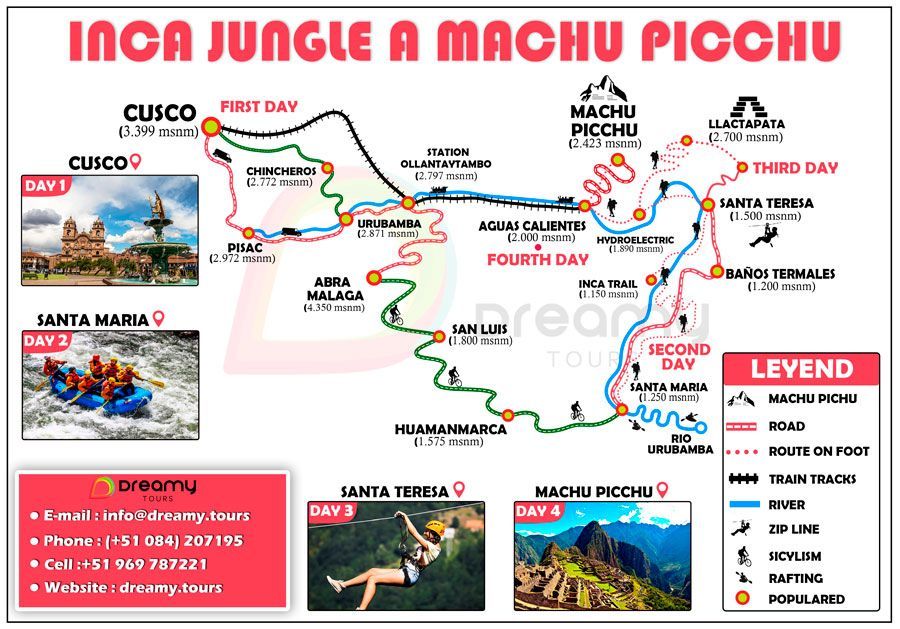

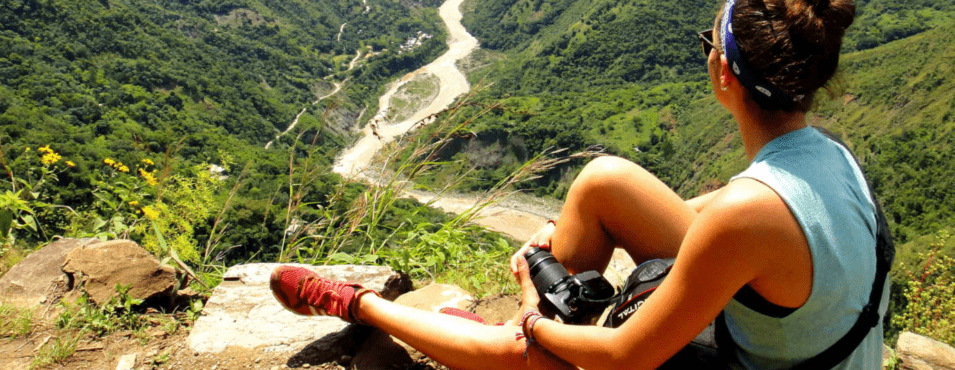
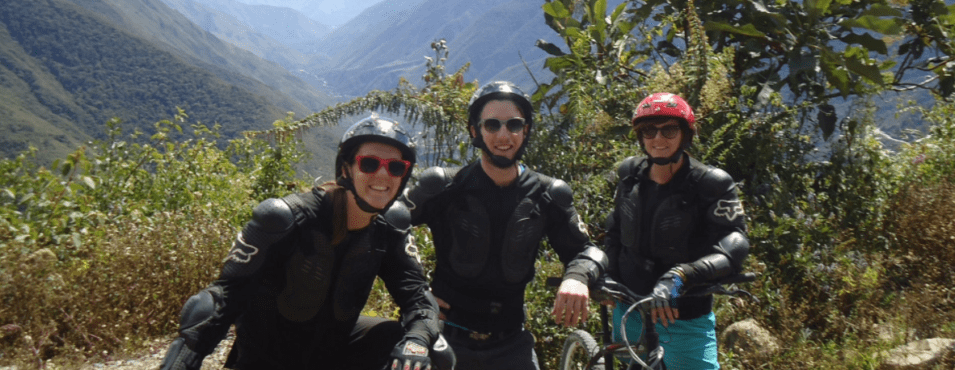
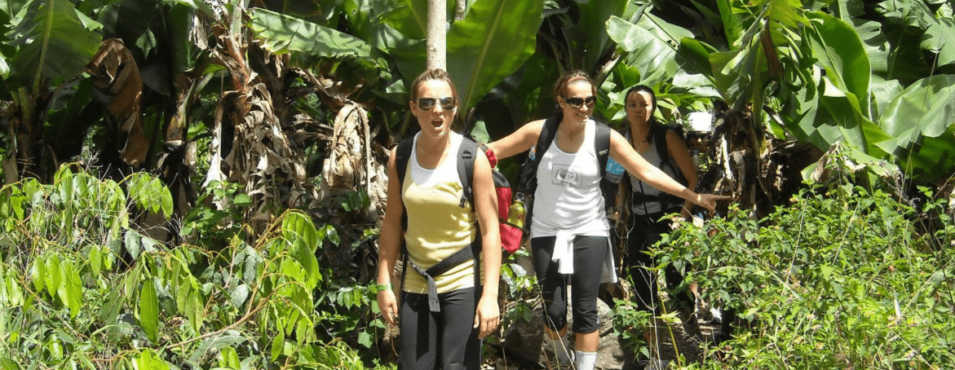



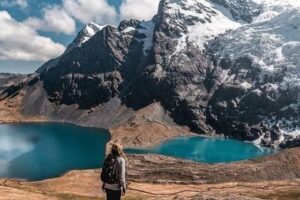
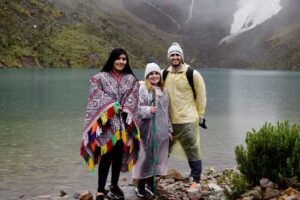
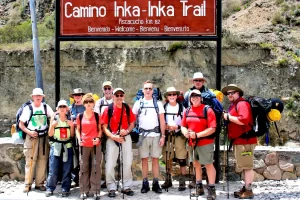
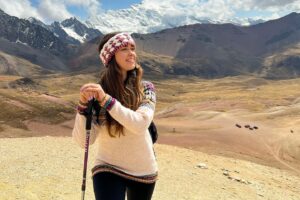
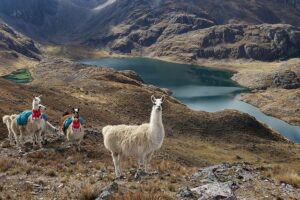
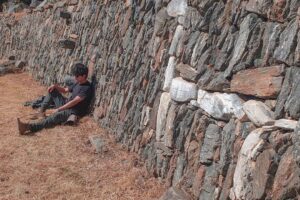
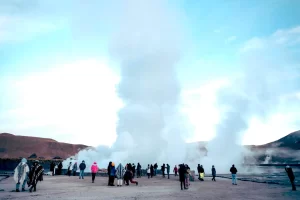
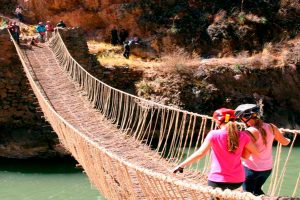
 Whatsapp
Whatsapp